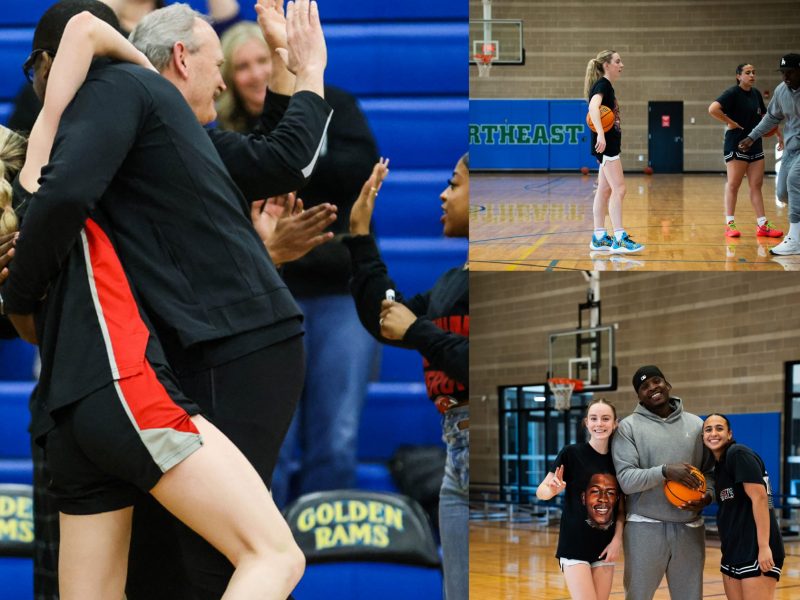April 10 marked TOMS Shoes annual “One Day Without Shoes,” during which social activists walked around barefoot to raise awareness for the millions of children in third-world countries who don’t have shoes.
This is a seemingly generous and charitable act on the surface. After all, walking around a college campus barefoot is certainly the equivalent of walking barefoot through the hot, barren deserts of Africa (Because, God forbid you contract some sort of hookworm walking across McKeldin Mall, right?).
But remind me, how are the shoeless children benefiting from first-world citizens walking around without shoes?
The answer: They aren’t. At the end of the day, despite the change people insist they have created, the children still don’t have any shoes.
“One Day Without Shoes” would be much more effective if it directly benefited the people it claims to support. Instead, all it seems to do is raise awareness within first-world countries, and the effort ends there.
This event is just one of many examples of armchair activism – an activity that involves lethargic first-world citizens who participate in ineffective and insignificant acts of “charity” that make no difference whatsoever.
In actuality, the only people benefiting are the participants themselves; their minds are put at ease because they believe they’ve helped to end some sort of inequality or injustice.
Another organization guilty of catering to armchair activists is Invisible Children, which was responsible for the viral KONY 2012 video. On its website, the organization claims to “use the power of media to inspire young people to help end the longest running armed conflict in Africa.”
But this idea of using the “power of the media” is precisely the problem.
People will watch videos and the clips will spread across various social networks, but in most cases, the issue is only supported through sharing or posting the video online. The idea of “raising awareness” does absolutely nothing to help the actual people in need.
How can a person make a difference then?
The answer is so simple and yet it has become overshadowed by laziness. Raising money, participating in charity events and building houses in third-world countries are all examples of viable charity work that actually have an effect on people or social issues.
Of course, such action requires a person to actually put in time and effort. But that’s the point; making a difference is not as easy as taking a few seconds to share a link on Facebook, and people need to understand this.
In reality, the expression “raising awareness” is simply a lazy excuse for philanthropy. If a person is interested in making a difference, he or she should do it in a way that actually has the potential to see results.
Shannon Mooney is a freshman journalism major. She can be reached at skm546@hotmail.com.


